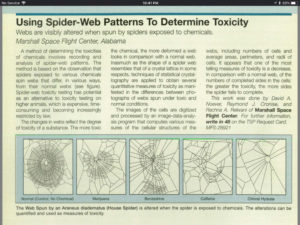For years I’ve been in the intermittent habit of occasionally sending coworkers interesting things on Fridays that I find on the web. It may be a paper, blog post, or newspaper story that I found particularly interesting that they might not have encountered. Often, but not always, tech related. It might be a paper on ML, a history of computing paper, a blog post on keeping organized or using agile, or something like that. More recently, I’ve added a link to a single song I’d like to share. With both of these I provide a bit of commentary — no more than a few sentences, explaining why I thought this was worth following along.
I’m going to start cross-posting the content here, because there’s never anything proprietary about it, and it occurs to me that it might be of interest to a broader audience.
One remark is in order. I make no apologies that some of what I reference is behind one paywall or another, and no, I won’t send copies of what I link if you can’t access it. I am a member of the IEEE, ACM, and ARRL in part because I value the editorial work they do in their journals and to have access to their digital libraries; the fee I pay for membership in part enables them to do the editorial work that they do. The same goes for the few online news sources I pay fees to access. In all cases, there are ways for motivated non-members to access the works these organizations provide or curate — typically there’s free access for a number of works a month, or the opportunity to buy a reprint of a particular paper at a nominal cost. If what you say really interests you, it’s worth your effort to support the sources that curate that material for you.
Look forward to the first post tomorrow!

